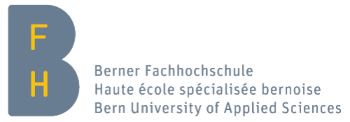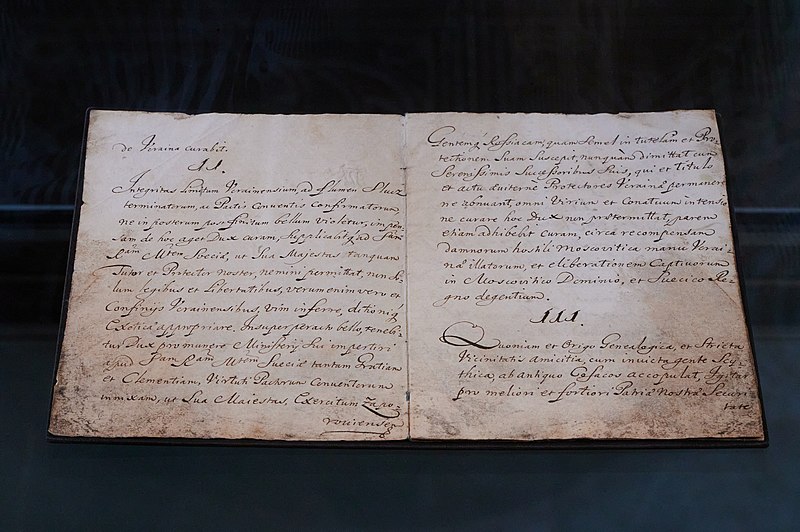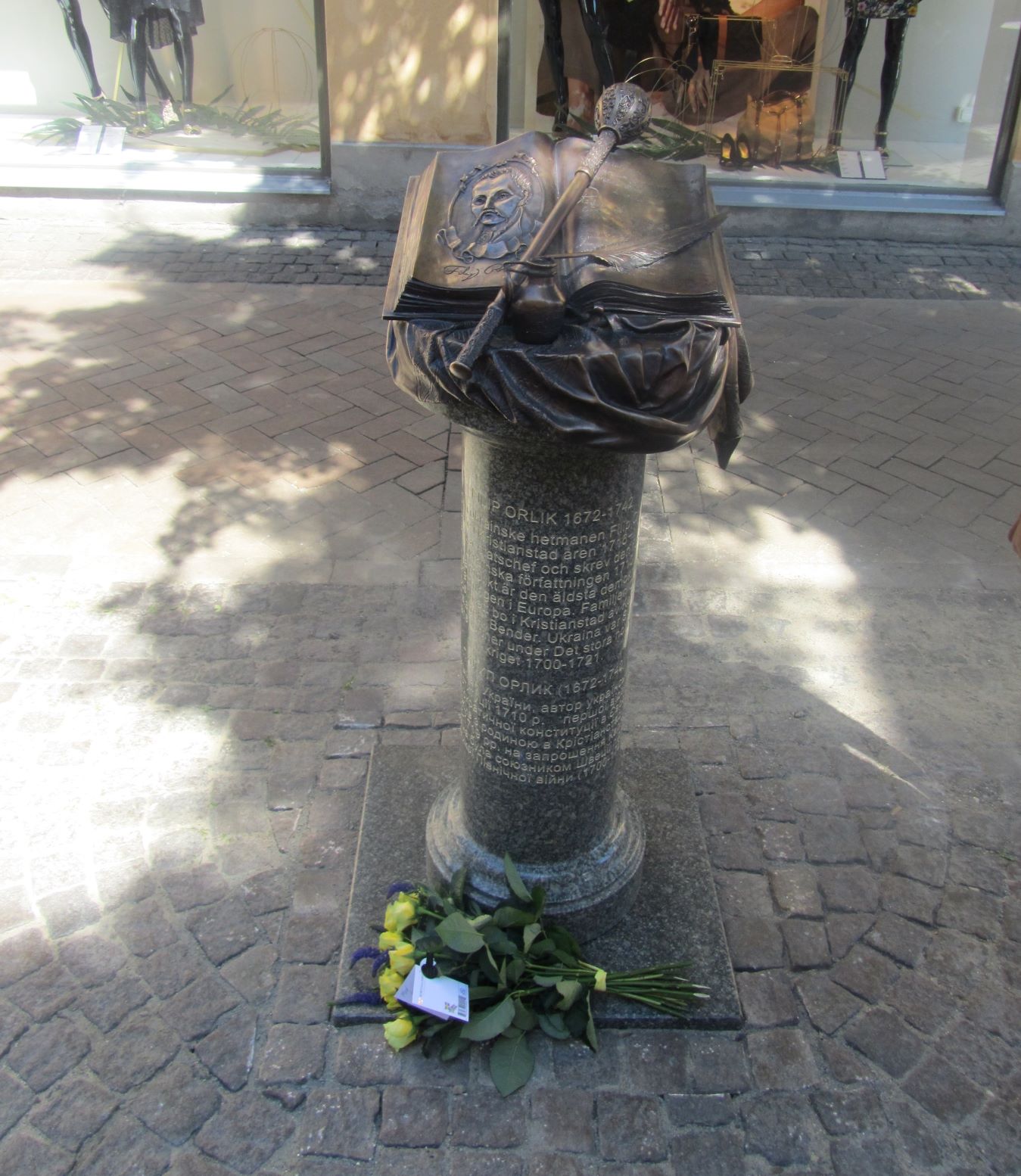June 2022
June is the month that welcomes summer. For Ukrainians it is full of history, traditions and delicious recipies.
Music
THE HARDKISS - Yak ty? (How are you?)
This song reflects feelings of many Ukrainians at the moment. Citation: "Our tears are on the front page. And I'm asking again: Mom, how are you?"
Politics
Pylyp Orlyk’s Constitution, also known as The Constitution of Bendery, is a constitutional document written by the Hetman of Ukraine, Pylyp Orlyk, in 1710. This document represents the height of Ukrainian legal-political thought in the early 18th century.
It established the principle of the separation of powers in government between the legislative, executive, and judiciary branches well before the publication of Montesquieu's Spirit of the Laws. The document limited the executive authority of the hetman, and established a Cossack parliament called the General Council (General Rada).
Articles 1-3 dealt with general Ukrainian affairs. They proclaimed the Eastern Orthodox faith to be the faith of Ukraine, and to further the independence from Moscow, the Kiev Patriarchate must acquire the direct subordination to the Apostolic Capital of Constantinople. The articles also recognized the need for an anti-Russian alliance between Ukraine and the Crimean Khanate.
Articles 4-5 reflected the interests of the Zaporozhian Cossacks, who constituted the overwhelming majority of the Bendery emigration. The Hetman was obligated:
- to expel, with the help of Charles XII, the Russians from Zaporozhian territories
- to grant the town of Trakhtemyriv to the Zaporozhians to serve as a hospital, and
- to disallow non-Zaporozhians to own anything in Zaporozhian territories
Articles 6-10 limited the powers of the hetman and established a Cossack parliament, similar to an extended council of officers, which was to meet three times a year. The General Council was to consist not only of the general staff and the regimental colonels, but also of "an outstanding and worthy individual from each regiment."
Articles 11-16 protected the rights of towns, limited the taxation of peasants and poor Cossacks, and restricted the innkeepers.
Art
Lyubov Panchenko was born in 1938 in Bucha near Kyiv. Having become a fashion designer, she revealed her talent. She created sketches of clothes, decorative paintings, fabric applications, graphics, and paintings. Her embroidery patterns were published by the main women’s magazine of the then Ukraine, “Soviet Woman.” But at the same time she remained absolutely unknown to the public. Panchenko made sketches of Ukrainian towels and decorated the walls of the Taras Shevchenko Museum. All her works have Ukrainian motifs, but in Soviet times they were not exhibited or published. Lyubov Panchenko died of starvation during 2022 occupation of Bucha.
More about Lyubov Panchenko and her creations here.
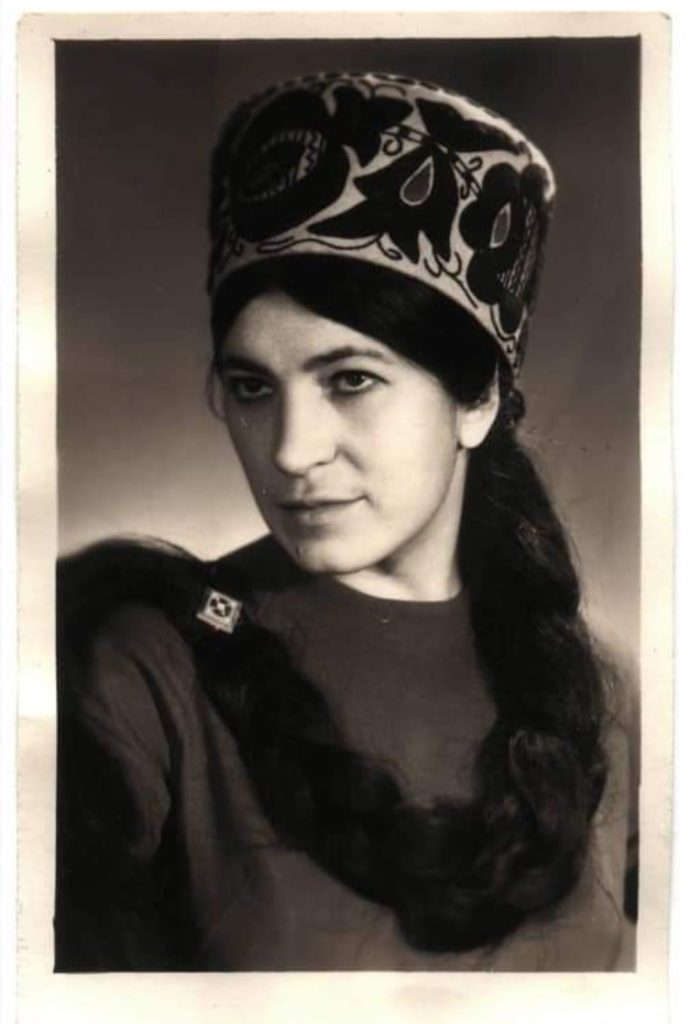
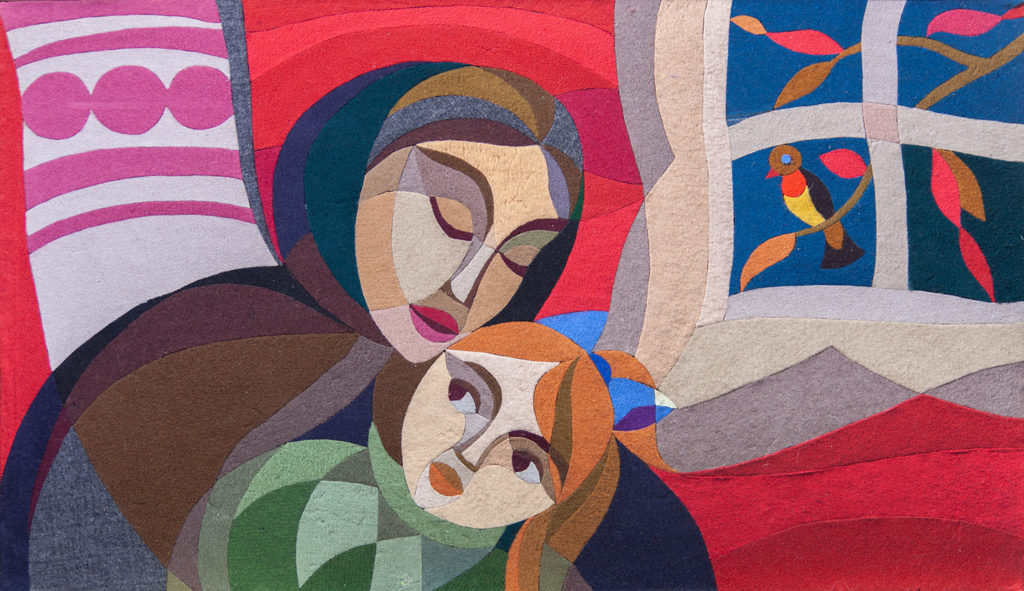
Cuisine
Varenyky are Ukrainian dumplings, known as pierogi in Poland. There are multiple varieties of sweet and savoury varenyky. The most traditional tastes are sour cherry and potato/sauerkraut, accordingly.

